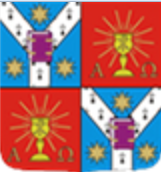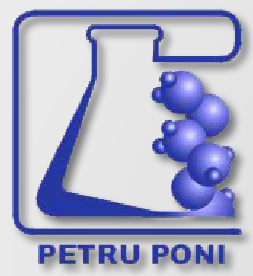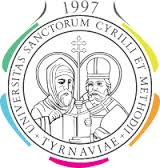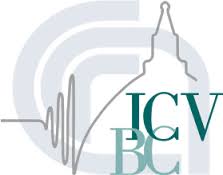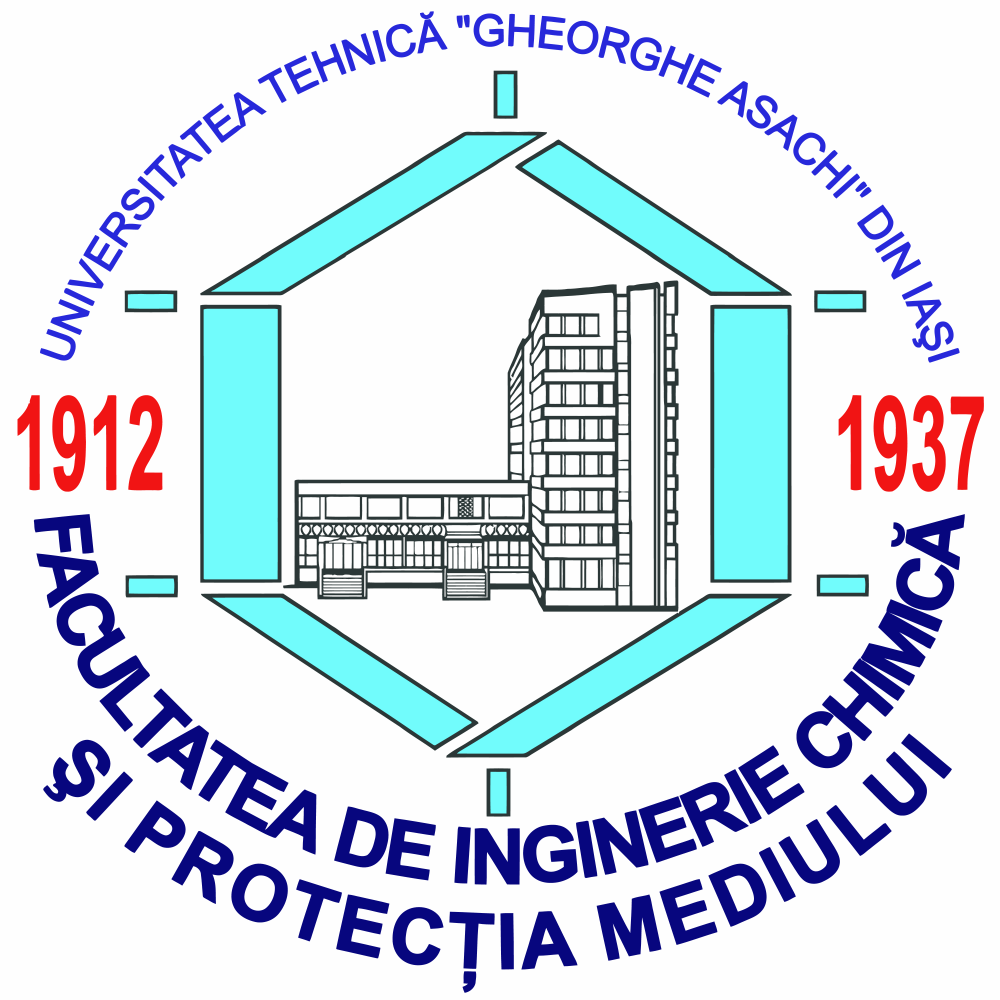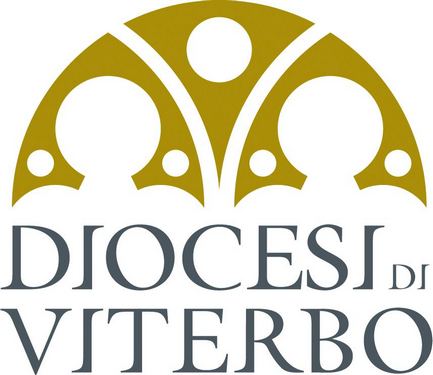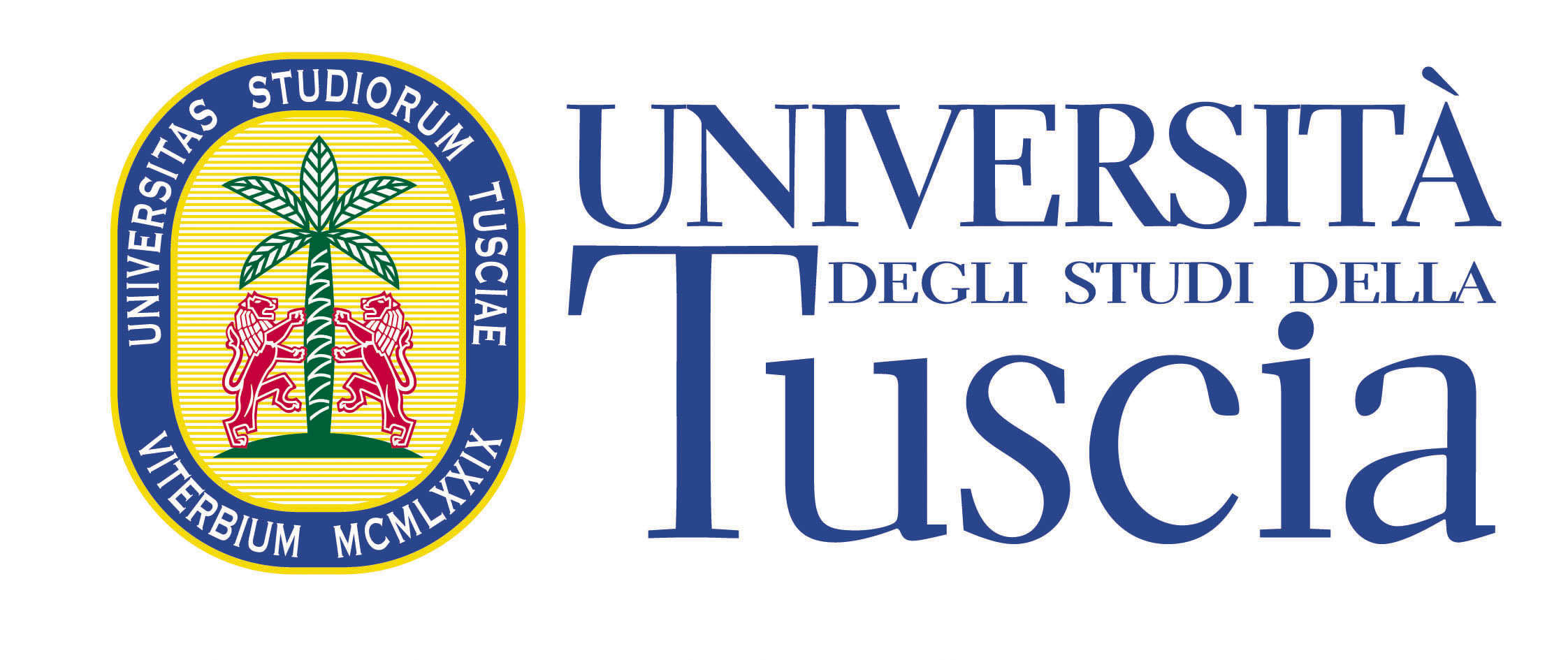European Symposium on Religious Art Restoration & Conservation
![]() ____ESRARC 2016 - PROGRAM [98 KB, .pdf]____
____ESRARC 2016 - PROGRAM [98 KB, .pdf]____![]()
About the Conference
On behalf of University of Tuscia (Department of Economy and Enterprise, Laboratory of Diagnostics for Conservation and Restoration), Faculty of Orthodox Theology from the University "Al. I. Cuza" Iaşi, European Journal of Science and Theology, "Petru Poni" Institute of Macromolecular Chemistry of Romanian Academy Iaşi, Faculty of Mass Media Communication UCM in Trnava Slovakia, ICVBC-CNR (Institute for the Conservation and Valorization of Cultural Heritage – Italian National Council of Research), Vatican Museums, Faculty of Chemical Engineering and Environmental Protection from theTechical University "Gheorghe Asachi" from Iași and the Diocese of Viterbo as organizing and scientific committee, we warmly invite you to:
8th European Symposium
on Religious Art Restoration & Conservation
(ESRARC 2016)
The symposium is scheduled to 26th – 28th May 2016 in Viterbo (Italy).
The religious art is part of cultural and spiritual heritage, and its preservation for the further generations, involving wide multidisciplinary approaches. The interaction between tangible and intangible aspects of the religious art has recently been bringing together, thanks to plenty of interdisciplinary studies. Specialists in History, Theology, Arts, Conservation sciences, in marketing and mass media communication will add some knowledge and enhance the overall and intrinsic heritage values of this kind.
Topics
Topics of interest to the conference are as follows:
A. Socio-spiritual values of the religious art
- A1 – Artistic and cultural evaluation
- A2 – Historic, theological and social perspectives (past and present)
- A3 – Religion and modern cross-cultural communication
- A4 – Religion and globalization
- A5 – Religion, terror and the role of cultural heritage
B. Conservation and restoration of religious cultural heritage
- B1 – Environmental impact
- B2 – Analytical, diagnostic and intervention methodologies
- B3 – New materials for conservation and restoration
- B4 – Monitoring and scheduled maintenance
C. Sacral sights in the light of tourist trade marketing
- C1 – Marketing of sacral sights as universal cultural heritage
- C2 – Sacral sights as new dimension of secular tourism
- C3 – Sociocultural development in regions
- C4 – Sacral sights as new tools of war/as tools of politics
- C5 – Sacral sights and securitization discourses
- C6 – Sacral sights and cultural identity
